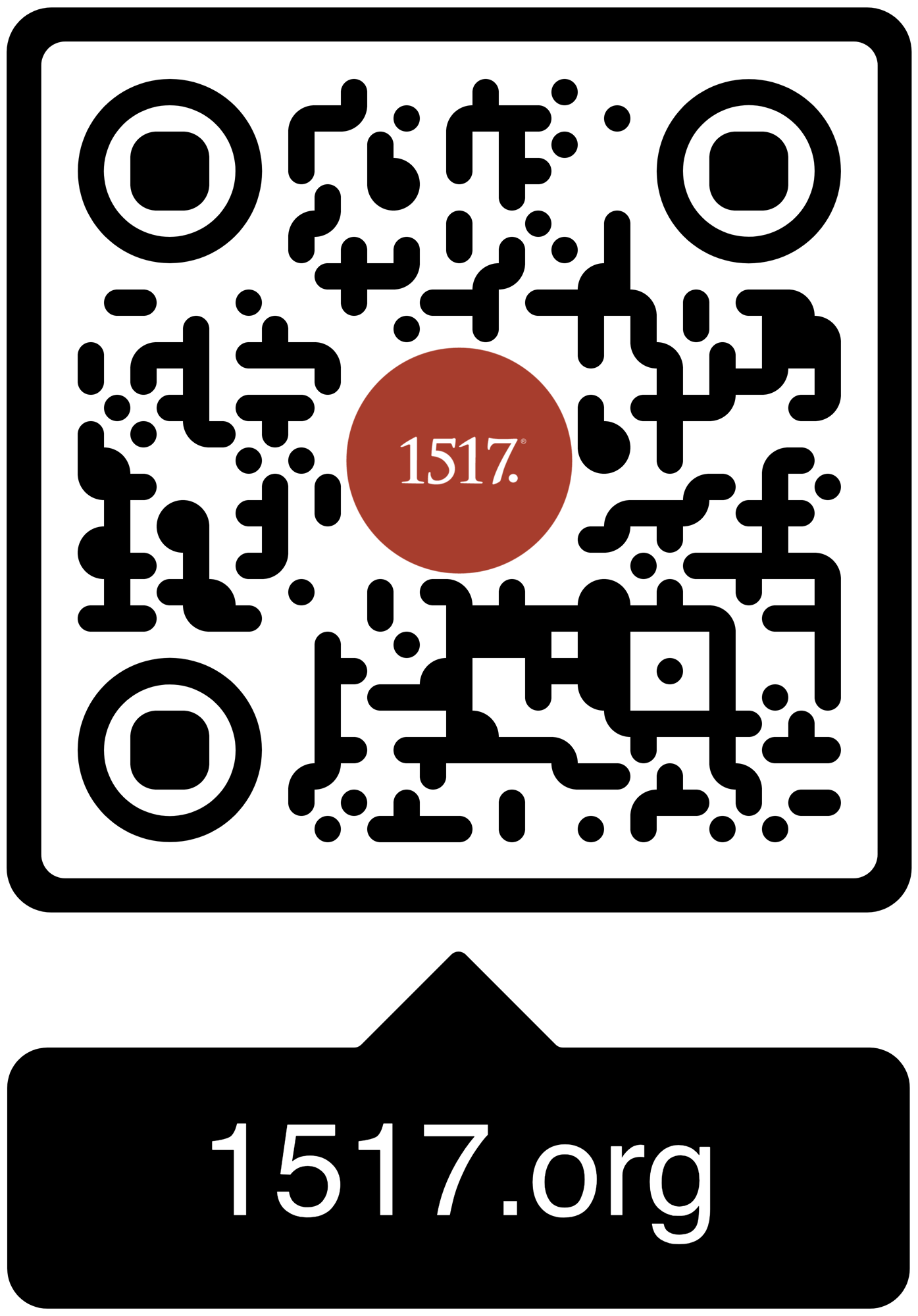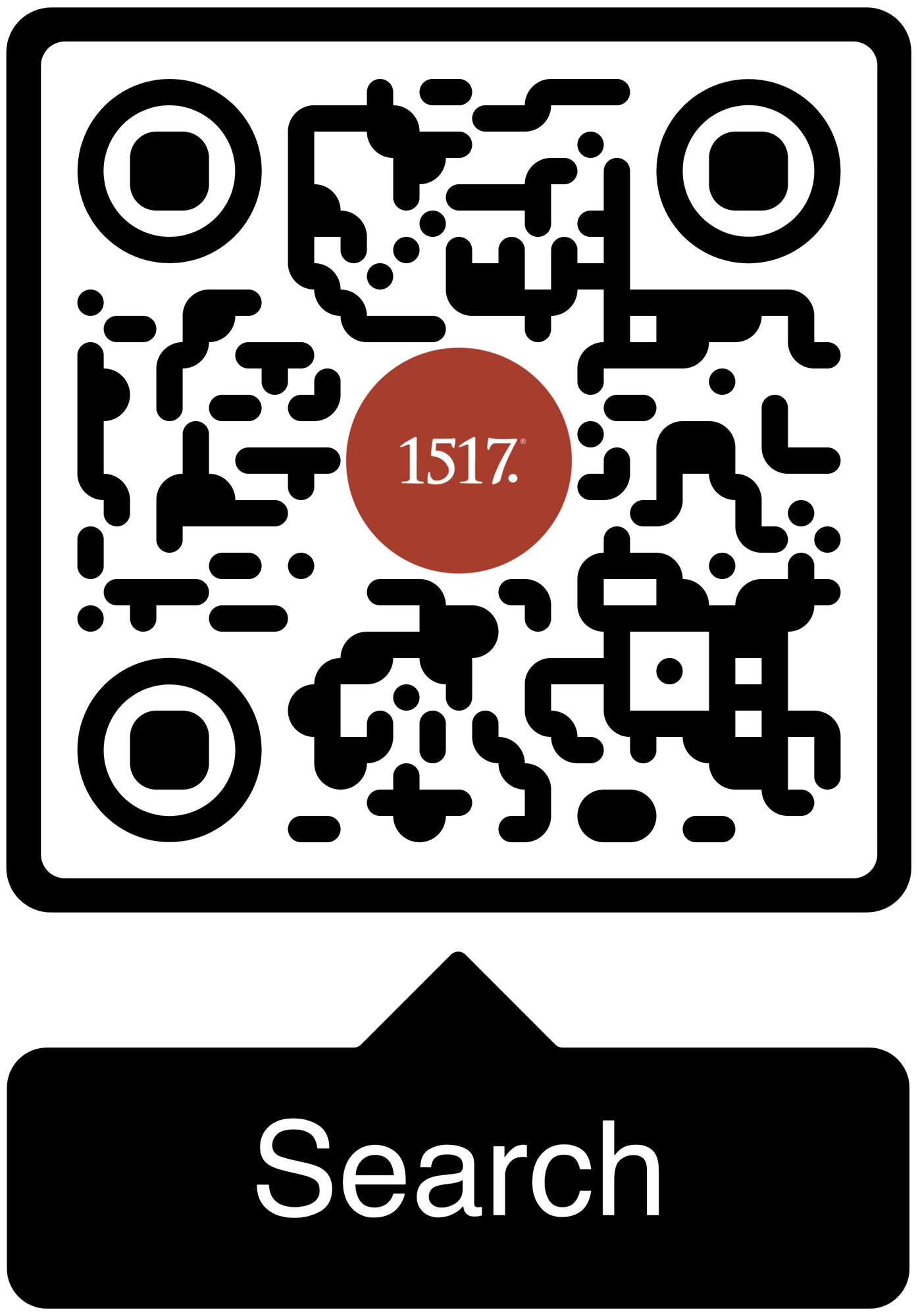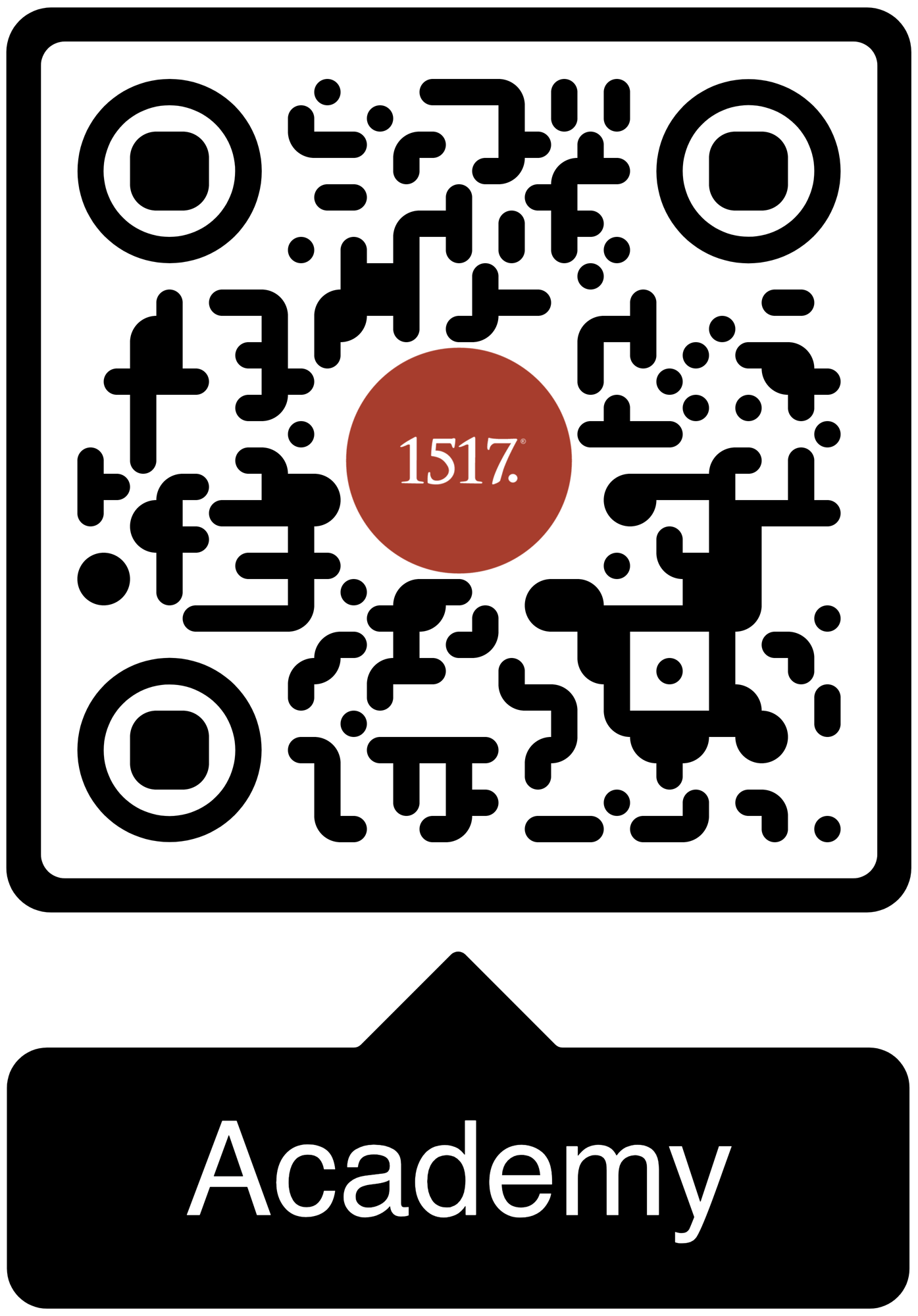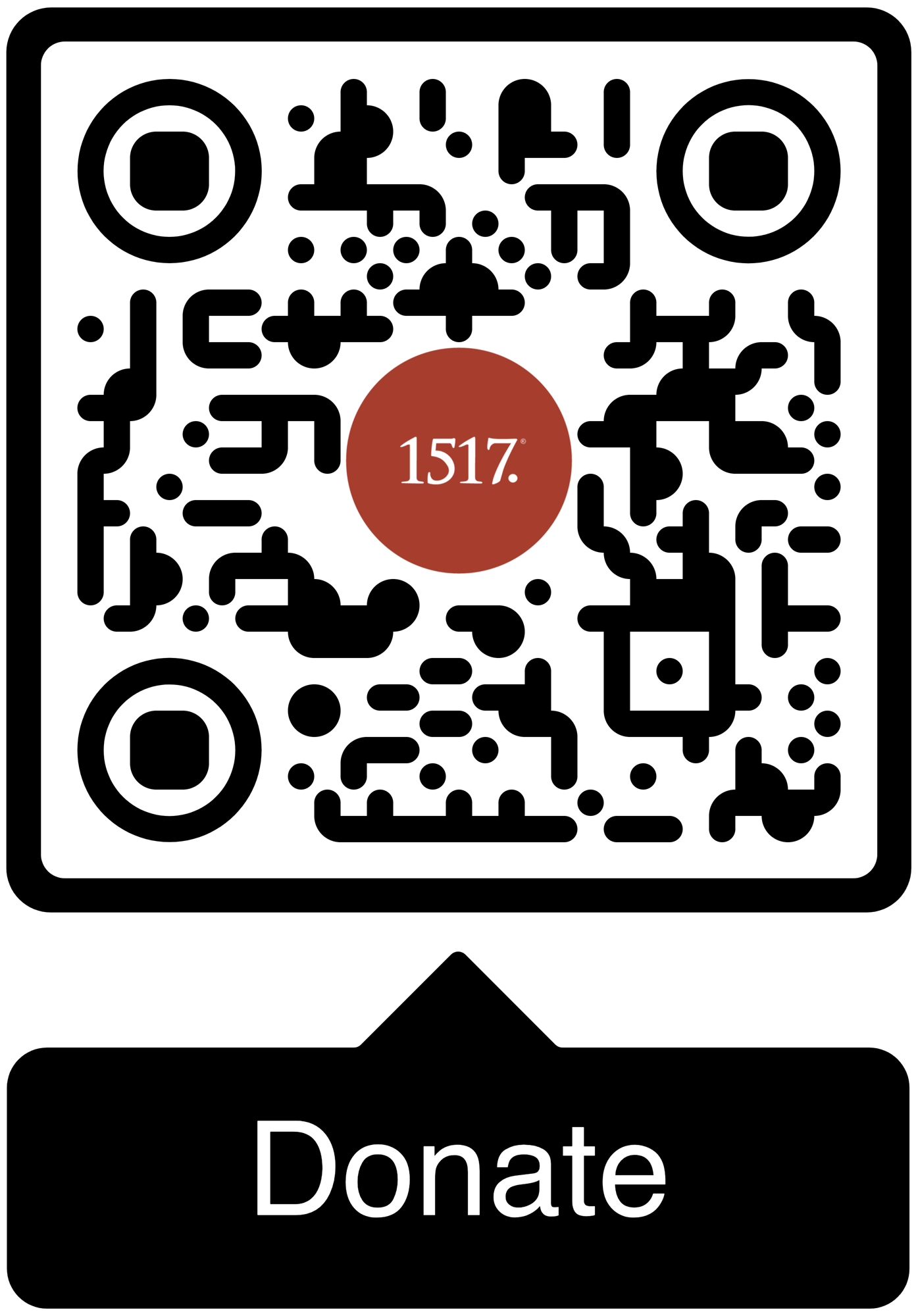In His defeat at the hands of our sin and death we are granted victory over sin and death. The location of that victory is the cross. So, we do well to honor it, cherish it, indeed, boast in it.
I have an Eastern Orthodox friend who once said to me, “Jesus is not only the savior of the world. He is also no mean theologian.” I am reminded of this whenever I come across passages in the scriptures where Jesus is interpreting the text; the prophetic office of our Lord when He speaks as “Christos Didaskalos” (Christ the Teacher). For example, when the Pharisees confront Him with a question about marriage and divorce, and our Lord not only quotes Moses but adds His own divine commentary: “They are no longer two but one flesh. What, therefore, God has joined together, let not man separate” (Matthew 19:6). He does the same thing in the John 3 “Nick at Nite” episode when He draws the analogy between the “nehushtan” (the bronze snake on a pole) and His own embodiment of God’s love: “As Moses lifted up the serpent in the wilderness, so must the Son of Man be lifted up, that whoever believes in Him may have eternal life. For God so loved the world” (John 3:14-16). Indeed, all of scripture points to Christ and His cross (John 5:39, 45-47). Thank God this Jesus is more than just a rabbi and theologian, but also the savior of the world through that cross!
If you are on the fence about making a festival field trip for your Sunday celebration because it seems too medieval, too (gasp) catholic, or skirting on the idolatrous, take heart and assuage your conscience. Jesus lifted up like the bronze serpent is the object of Holy Cross Day. The Feast of the Holy Cross does have fun historic origins related to the discovery of the true cross (by Constantine or his mother Helena), and, therefore, a long tradition of commemoration through the last seventeen centuries. But make no mistake, Christians venerate (honor and cherish) lots of stuff (a natural and beneficial function of being human, see Romans 14-15 and 1 Corinthians 12:21-26), though our object of worship is God alone. We worship not the cross but the God who died there for us. In His defeat at the hands of our sin and death we are granted victory over sin and death. The location of that victory is the cross. So, we do well to honor it, cherish it, indeed, boast in it (see Galatian 6:14), because that is where God in Christ delivers His blessings, and that is where the object of our worship and faith, God in Christ, delivered Himself for our salvation.
This fact alone should preserve us from fruitless arguments about images (contra Adventist or Judaizing influences still in our contemporary culture, like the Watchtower society’s aversion to symbols, especially the cross), including allergies to the crucifix (cross with corpus/body) still current among some Protestants. Rather, we rest with the apostle, who resolved “to know nothing among you except Jesus Christ and Him crucified” (1 Corinthians 2:2). Not only so, but the Church sets the day aside for celebration, and I am never one to deny an opportunity to party. The cross is the subject of the readings for this feast, so let us look at the texts and consider a sermon to match the occasion.
The selections are all delightfully dualistic, so be thinking of this as you choose your focus. Whichever specific word you treat is complemented well by the others. The duality of death and life in Numbers 21 is matched by Paul’s wisdom and foolishness talk in 1 Corinthians 1, and the glory/light, humility/darkness duality in the John 12 reading (indeed, the entire Gospel of John) concretizes the image in time and space.
Because the cross is always both foolishness and wisdom, weakness and power, darkness and glory, death and life, “great exchange” talk is in the middle of the conversation. This is why the greatest articulations of the “theology of the cross” are always laden with that “opposite” game. Consider not only the theses of Luther’s 1518 Heidelberg Disputation, but the root of that theology in Christ’s own paradoxical preaching when He describes the Kingdom of God as the place where the first are last and the last first, where the exalted are humbled and the humble exalted, where He fills the hungry with good things but the rich He sends empty away, where the beatitudes promise everything to the one who has nothing, where (as in our John 12 reading) he who loves his life in this world will lose it, but the one who hates it will gain life forever.
Because the cross is always both foolishness and wisdom, weakness and power, darkness and glory, death and life, “great exchange” talk is in the middle of the conversation.
Theology is always about what God is doing (as opposed to what we are doing, as opposed to what we think of as good works, as opposed to some kind of academic hypothesis, as opposed to guessing at the hidden things of God). And that is why the theology of the cross is always the surest bet, because God reveals who He is and what He does (person and work) in the cross. Sermoncraft is, therefore, on secure footing when it begins and ends there. No sermon worth its salt can ignore the cross. Any sermon that saves must include the salvation delivered by God which He reveals in the cross. It simply does not do to talk “about” the cross of Christ. The prophetic Word must deliver the cross, and the Word received bestows all of its benefits: New life, salvation, healing, identity, sonship, inheritance, the whole lot.
Moses’ million-man march, the wilderness Israelites, got it as a shadow pointing to the promise, but were not stuck with feelings and empty pledges when they gazed at the snake on a stick. They were actually healed, simply by following the Word of God. This is sacramental in its materiality, its physicality. The medicine of Heaven is drunk through the eyes to quell the poison of the “naḥašim seraphim,” those fiery serpents of Numbers 21. God is working through means to heal His people. What once brought death, through God’s gracious gift, now brings life. So also, in Jesus’ own words of John 12, what brings death also brings life. Listen to the Lord’s lesson: “Truly, truly, I say to you, unless a grain of wheat falls into the earth and dies, it remains alone; but if it dies, it bears much fruit. Whoever loves his life loses it, and whoever hates his life in this world will keep it for eternal life” (John 12:24-25). This is cross-talk, realized in the Christ who is the kernel of wheat that died, and in His resurrection that raises you, me, and all the dead.
How scandalous that death should bring life, that Christ’s glorification should be shrouded in the darkness of Calvary, that in His being lifted up He draws all people to Himself. This is the scandal Paul calls foolishness, the dirty joke of history. A dead God? That is the object of your worship? It should be no surprise that the cross is scandalous. This is not just about the assumption of impossibility or a philosophical hesitancy to conceive of God dying. Paul’s 1 Corinthians 1 characterization is spot on for a Roman world in which public violence, public execution, and the ultimate penalty, the shameful death of crucifixion, was common. The public mockery of a religion that would elevate something so base can be seen, for example, in the Alexamenos graffito near the end of the next century and, of course, in the polemic of the early fathers as they address their adversaries.
How is this distinct from our own day? Not everyone who regards the cross as a symbol does so in faith in the God who died there for their salvation, certainly, but rare is the outright mockery of the cross (pace those who claim persecution in the west – special pleading for the circumstances of Christians in our time and place comes off largely as victimhood and virtue-signaling, if not outright exaggerated propaganda, in comparison to the insecurity and loss of life in other nations, both historic and contemporary, as well as the toleration and freedom to worship in peace afforded by our liberal democracies). The true enemy of the cross is not an anti-nationalist or someone who does not agree with your particular brand of politics. The true enemy of the cross is anyone who denies the alien righteousness it offers and rests happy in his own righteousness instead.
The true enemy of the cross is anyone who denies the alien righteousness it offers and rests happy in his own righteousness instead.
Nevertheless, the point: Even if the cross is not mocked and ridiculed or triggers images of baseness, pain, and shame in our own day, it has, in fact, become so mundane as to adorn jewelry or other body art, design, fashion. To move beyond that is to move into the realm of the offensive, as there are plenty of folks who are at least offended by what it represents for them. This is most often not Christ and His sacrificial death, but the institution of the church, “Christianity,” and its cultural trappings which they view adversarially (and if you cannot sympathize with those broken by the church, preacher, you are probably in the wrong business).
The work ahead of you, as with all apologetically motivated work like preaching the Word, is to move your hearer beyond those “skandala,” those roadblocks, so they can come face to face with the cross of the savior and be truly scandalized. Those who imagine their adversarial relationship with the cross begins and ends with their critique of organized religion, or the meme they share that throws shade on a fundamentalist’s creed against science or some such, are really just dealing with small potatoes. How sad if that is the trip that trips them up. They need to come face to face with the Christ of the cross, where they will find the true enemy of sin and friend of sinners, the God who dies and the Man who rises for them.
A creative sermon that taps into the scandal of the cross can begin with what contemporary culture sees in it and directs your hearers to glory in it. Scandal indeed!
What Do You Find in the Cross?
1. What Do People See in the Cross Today?- A piece of jewelry? A tattoo? A fashion statement or decoration?
- Or something offensive?
- The cross has always been offensive – and still is.
- Historically offensive
- To Jews: a stumbling block
- To Greeks: foolishness
- To Romans: shameful and criminal
- Culturally offensive today
- It confronts personal values, autonomy, pride
- Theologically offensive: it does not just confuse us – it convicts us – it brings us face to face with:
- Sickness
- Foolishness
- Death
- Our own culpability
- Your sin (Isaiah 53:4-6)
- Death (John 10:17-18)
- He finds you (Romans 5:8)
- Life (1 Peter 2:24)
- Healing (Isaiah 53:5)
- Wisdom and power – “...the power of God and the wisdom of God” (1 Corinthians 1:24)
- Your true self – found in Christ, crucified and raised with him (Romans 6:3-4)
- Go ahead: wear the jewelry
- Get the tattoo, wear the t-shirt (I don’t care!) – but know this:
- The cross is not just a symbol – it is your identity.
- “I have been crucified with Christ...” (Galatians 2:20-21)
- “Far be it from me to boast except in the cross...” (Galatians 6:14)
- Jesus reveals His glory in the cross (John 12)
- He wants you to remain with Him in that glory (John 17)
- He is always present at the cross
- Abide there





